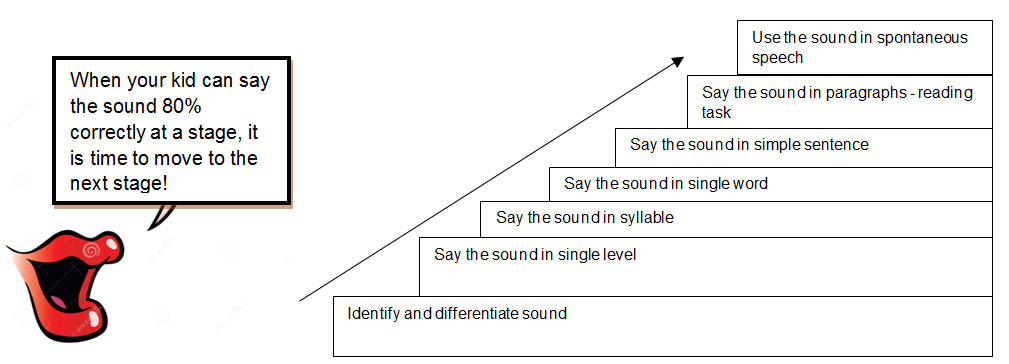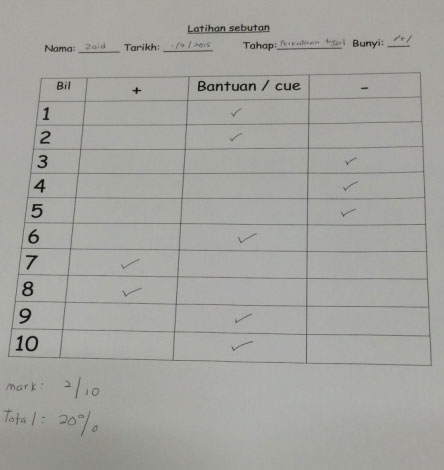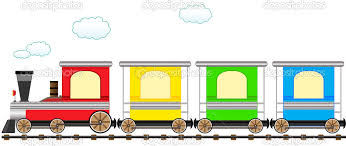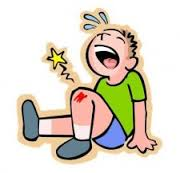Introduction
Each word consists of a series of sounds. Each sound in a word is arranged in a specific way. When the sound in a word change their position or substituted to other sound, the meaning of the word will change.
For example, the word dummy consists of 4 sounds i.e. /d/, /u/, /m/, and /y/. Sound /d/ came before /u/, followed by /m/ and /y/. If /d/ and /m/ change their position, the meaning of the word will change.
/d/, /u/, /m/, /m/ & /y/ ? dummy
/m/, /u/, /d/, /d/ & /y/ ? muddy
If /d/ changed to /t/, the meaning of the word changes too!
/t/, /u/, /m/, /m/, & /y/ ? tummy
The /t/ and /d/ are two sounds that can be found in Malay and English Language. Both of the sounds can occur in the initial, medial or final word position.
Example of words with phoneme /t/ and /d/:
|
Phoneme |
Initial word position |
Medial word position |
Final word position |
|
/t/ |
toad |
artist |
boat |
|
/d/ |
drink |
soda |
card |
How do you pronounce /t/ and /d/?
There are several part of mouth moved when we speak. For /t/ and /d/, the tip of the tongue and the bumps behind your upper front teeth plays important role and the following happens:
|
Phoneme |
Lips and jaw |
Tongue |
Voice box |
|
/t/ |
The lips are slightly in an open position, and the jaw at a stable position |
*The tip of the tongue touch the back side of the upper front teeth |
The voice box is not vibrated |
|
/d/ |
The voice box is vibrated |
Video How to pronounce /t/ and /d/
Video: How to pronounce /t/ sound
Video: How to pronounce /d/ sound
What are the common type of error with /t/ and /d/?
There are 2 types of errors that involve /t/ and /d/:
- The sounds are not pronounced by a kid. It will be deleted; pronunciation of a word will be incomplete.
- The sounds are substituted. It is usually substituted to a sound that has similar characteristic with /t/ and /d/. When this happens, the pronunciation of a word will differ, and the intended meaning of the word will changed.
The following show example of error that involves /t/ and /d:
|
Type of error |
/t/ |
/d/ |
|
Deletion |
/toad/ ? /_oad/ |
/dull/ ? /_ull/ |
|
Substitution |
/toad/ ? /koad/ |
/dull/ ? /gull/ |
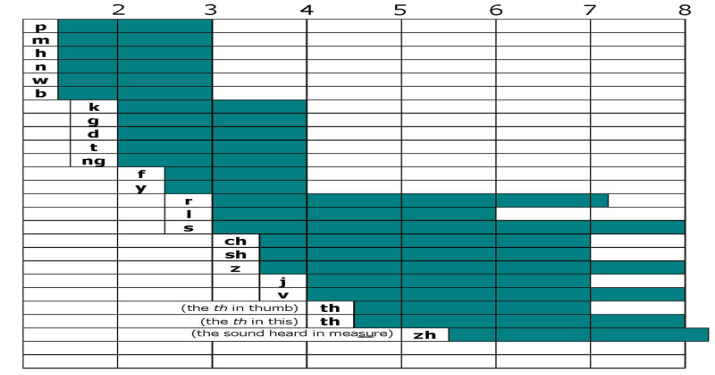 Source: http:// www.talkingtails.net
Source: http:// www.talkingtails.net
What are the strategy to teach /t/ and /d/?
There are different strategies that you can do to teach a kid to pronounce /t/ and /d/. These strategies are especially used during the initial stages of teaching the intended sounds. Among the strategies that you can use are:
- Visual cue
- Use a huge mirror so that the kid can look his/her own mouth movement, while they are trying to pronounce the /t/ and /d/.
- Sit in front of the kid so that they can see our mouth movement while we are trying to pronounce the sounds.
- Tactile cue
- Touch the tip of the tongue and the back side of the upper front teeth that are involve during the pronunciation of /t/ and /d/ with your clean finger.
- Put jam or honey to the tip of the tongue and the back side of the upper front teeth that are involve during the pronunciation of /t/ and /d/
- Touch the upper part of the lips as a cue for the kid to elevate his/her the tip of the tongue to the back side of the upper front teeth while trying to pronounce /t/ and /d/.
How to start?
Acquisition of phoneme occurs in stages. When you want to train a kid to learn a new phoneme- you must do it in stages too. You can move to the next stages of phoneme acquisition if a kid shows 80% of correct respond in a particular stage. The following are the stages of speech sound training:
|
What are activities that you can do to teach /t/ and /d/?
- Make sure, your task is fun to your kids. The kids must be happy when you are doing therapy or teach them to pronounce the target sounds.
- Below are examples of activities that you can do at home.
- For each therapy or teaching session, you must have at least 10 cards
Example of items that you can use for teaching session:
- Puppet (with big mouth) and coloured card.
- Paste the stimulus card to a 2 different coloured card.
- For example- red card for stimulus card /t/ and blue for /d/
- Tell the kid to feed the puppet with –/t/ sound
- If the kid take the correct card, allow him/her to feed the puppet
- If he/she could not say it properly, use any of the strategy to elicit the target sound
- Toys (coloured ball/ fish), box and stimulus card
- Paste the stimulus card to the toy
- Let the child choose a toy
- Say the sound in the stimulus card and ask the kid to say it
- If the kid can say it correctly, he/ she can play with the toy
- If he/she could not say it properly, use any of the strategy to elicit the target sound
- Box, radio, gift (food, toys etc) and stimulus card
-
- Place the stimulus card in a small box
- Let the kids sit in a circle (3-4 kids)
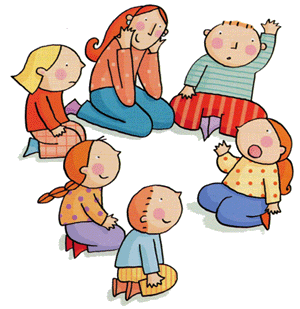
Source: http://noakemurraypegler.wordpress.com - Switch on the music and let the kid pass around the box
- If music stops, the kid who is holding the box has to take a card from the box and ask him/her to say it
- If the kid can say it correctly, he/ she can choose a gift
- If he/she could not say it properly, use any of the strategy to elicit the target sound
Examples of word for /t/ sound
|
Initial word position |
Medial word position |
Final word position |
|
Train |
Satay |
Hurt |
Examples of word for /t/ sound :
|
Initial word position |
Medial word position |
Final word position |
|
Doughnut |
Handphone |
Ipad |
References
- Developmental Norms for speech and language. Retrieved from http://www.asha.org/slp/schools/prof-consult/norms/, September 3, 2015.
- English Pronunciation – Lesson 28 – Consonant /t/. Retrieved from http://forum.englishchat247.com/index.php?threads/english-pronunciation-%E2%80%93-lesson-28-%E2%80%93-consonant-t.162/,September 7, 2015.
- Table 3 – Elimination of Phonological Processes. Retrieved from http://www.speech-language-therapy.com, September 3, 2015.
| Last Reviewed | : | 28 August 2020 |
| Writer / Translator | : | Rahimah bt. Yunus |
| Accreditor / Reviewer | : | Nadwah bt. Onwi |


